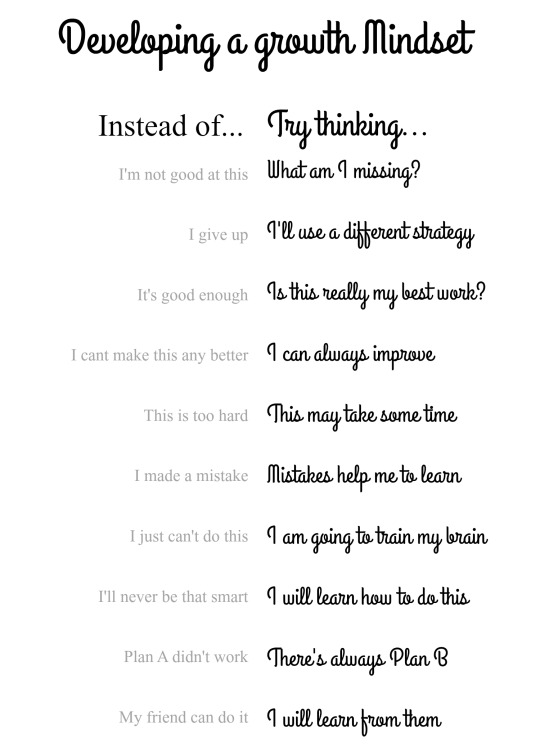Don't wanna be here? Send us removal request.
Photo

Caught this little guy on my camera in between helping Jonathan with field work!
0 notes
Photo

Seeing this dragonfly made my day! I think it was still warming up for the day so it was hesitant to fly.
0 notes
Text
Worms Land A Great Job Working With Gorgeous Indian Textiles

In the northwest Indian village of Ajrakhpur, 37-year-old Sufiyan Khatri stirs several stinky vats: one of bubbling indigo, another simmering pomegranate skins and a third containing a black, gummy brew of rusty bicycle parts fermenting with sugar cane. The mixtures are used to dye textiles with a traditional block-print method called ajrakh.

Khatri, who learned the craft from his grandfather, shares his last name with many Muslim textile artisans in the region who brought their craft to India from Sindh in Pakistan.

And he’s been pleased to have welcomed some new assistants: earthworms.
Their job is to deal with toxic materials in the dyes that are not only bad for the environment but also make it impossible to reuse the wastewater for the next round of dyeing.
Thousands of the wiggly creatures live inside a water filter — called a “vermifilter.” That’s the term for a treatment system that cleans dye-tainted water.

The ability to reuse water is critical for the village, which consumes over 52,000 gallons of water every day to maintain an annual output of over almost 460,000 square feet of hand-printed cloth.
Sprinklers spray murky blue water from attached tanks into the crates. The water trickles through the dirt. The worms feed on toxic dyes in the wastewater and excrete “wormcasts” that are not toxic. The water is filtered through the worm poop, the cotton roots and other materials and comes out a pale yellow — and clean enough to reuse in the textile process.

Khatri says artisans appreciate that the worms have already cut their water costs. But the output of the filter — about 13,500 gallons per day— is far from what they need to meet a growing demand for their textiles.
Read the full story here
Images: Shaina Shealy/ NPR
3K notes
·
View notes
Photo

As I was grading I found this little gem. #55 asked students what their favorite thing(s) we did this year in science class. Top answers were 1.) Mentos and Coke experiment 2.) Labs in general 3.) Using the microscopes 4.) Flame test and Kahoot tied Other topics less popular but mentioned included fast fives, taking notes, Quizlet, using chromebooks, and write it do it. Final grades were posted today. I still have some lose ends to tie up tomorrow and then summer can officially begin for this teacher.
0 notes
Photo
Taking advantage of a little free time. On right: My husband a geologist to a fault 😂


2 notes
·
View notes
Text
2017-18
I just saw the schedule...I'm going to be teaching biology next year!

0 notes
Photo
I need this as a poster in my classroom!

Historic
113 notes
·
View notes
Photo

Read this article if you’re having a rough day. This is a rare story about positive social change.
Every state now has laws against school bullying. In the past decade, many districts have overhauled discipline policies and created interventions to increase mutual respect at school. Pop culture and the news media have focused on the harm that is done when children target each other with cruel treatment. Marginalized groups have found solidarity in social media campaigns such as It Gets Better and World Autism Awareness Day, underlining the message that everyone is worthy of learning in a safe environment.
And, according to a big new study in the journal Pediatrics, bullying is down. In 2005, 28.5 percent of students surveyed reported experiencing at least one form of bullying. By 2014, that had dropped more than half, to 13.4 percent.
School Bullying Is Down. Why Don’t Students Believe It?
Illustration: LA Johnson/NPR
275 notes
·
View notes








